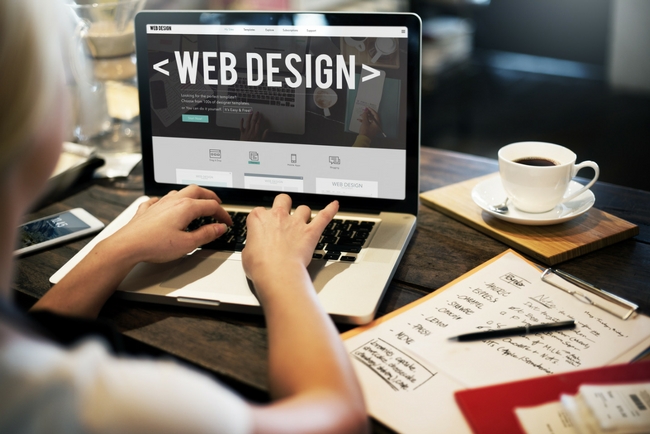Elements of a custom built professional website
A good unique design that reflects the attitude and focus of your business is a crucial point of having a proper website. It will likely be the central point for any future marketing you might do whether that is online, word of mouth, or through traditional marketing methods. Must haves to make sure are included:
Mobile responsiveness
All new websites should adapt to any screen resolution (desktops, laptops, tablets, mobiles). There are no ifs or buts about this. If you are talking to a web designer who can’t offer this, run away!
With more and more regularity, people are searching on Google through their tablets and smartphones. When Google searches for results, it takes into account whether you have a responsive or mobile site. Ensuring that you do means that Google will raise your ranking and your customers will be happy browsing your site, no matter how they choose to do it.
A Content Management System (CMS)
If your pricing changes, you have a new service you want to advertise, or just add new photos or pages, you don’t want to have to pay for a developer to make the update for you. With a good CMS you will have the flexibility to update your content as the need arises.
CMS sites make it easy for any business to update their own websites. This is especially useful for websites that need to frequently update their blogs or articles, calendar events, or make frequent product or promotional changes.
In a good CMS, all it should take to update the text and images on the website is a few button clicks. There should be very little technical know-how needed. Many people shy away from the whole idea, thinking they are not technical enough, but if you can run Microsoft Office, using a good CMS you’ll probably be able to easily update your website without the need of a specialised support.
Search Engine Friendly
Ranking at the top of search engine results can be very competitive (depending on your industry and location). A professional web design team should ensure your site is built to be search engine friendly so you are recognised in the results of engines such as Google, Yahoo and Bing.
Security
If your visitors are submitting personal details through your website, you are responsible for their security. A professional team will be aware of this and install an SSL certificate so your website will remain safe and secure no matter what.
Security is an integral part of your business’ website design if your visitors are transmitting personal information or if you’re holding onto sensitive customer information, such as login credentials.
When you’re talking to your website design team, have them procure an SSL Certificate for your website. Your customer will see a green address bar and a padlock, which lets them know that your site is safe and secure, no matter what happens.
WordPress vs. Custom Built
When considering a website for a small business, there is a lot to be said for developing it on the WordPress platform. It is estimated that over a quarter of ALL websites on the internet are built on WordPress. Of the points above, WordPress is mobile responsive, it is far and away the most popular CMS available, it has pretty good SEO out of the box (and can be highly customised), and the security is also pretty good.
A fully customised website will also include some form of CMS, though this may have been custom designed from the ground up. However, you also will have to pay for that. We are talking 6 figures, rather than 4. Unless you are a major corporation or Government there is no reason to re-invent the CMS wheel when there are such great existing products already available for free.
WordPress is an open-source web design platform that runs – worldwide – nearly a quarter of all internet sites. You’ve probably used many without even knowing it. It has all the capabilities of a custom-built website, but is easier to use and can be updated without a dedicated team of webmasters at your back.
E-commerce
If you’re in the business of selling goods or services, you may want to consider an e-commerce website.
From our perspective, WordPress and WooCommerce are the best combination. The same company that owns WordPress also owns WooCommerce. It is an all-in-one e-commerce tool that will meet any business’ needs. Whether you’re selling one service or hundreds of products, you’ll find all the features and analytics that you might ever need in one spot.
Contact Quikclicks Today
Quikclicks is the premiere professional website design team. We specialise in all manner of small business web design, have worked with innumerable companies and start ups, and have made their lives much easier.
For a quote or if you have questions, contact us today.






